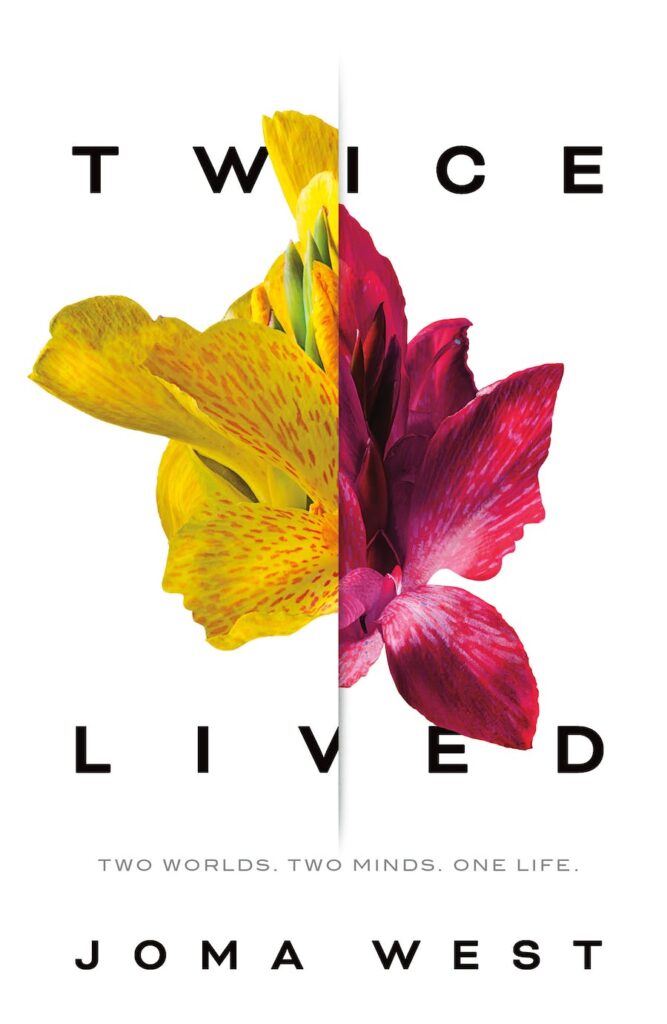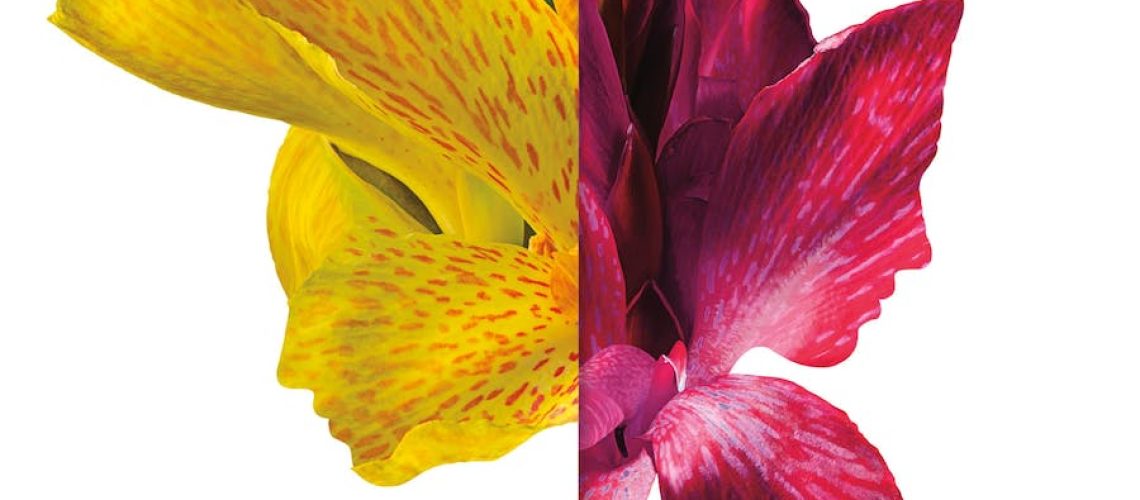I reviewed Joma West’s novel Face on my site, and it remains in my mind as one of the standout science fiction books for 2022, and since. That debut deserves broader recognition and readership than I’ve observed it getting, for its inventive speculative concept and its complex, yet largely successful, execution. Twice Lived, West’s new novel, again builds upon a compelling concept (here science fantasy in nature), but in a less ambitious structure, and more focused manner. Less dark, and lacking the dystopian elements of Face, the story of Twice Lived rests on readers’ empathic connection with its major characters and the bittersweet nature of life: the haphazard fortunes it throws upon us, or the random situations it thrusts us into, often without control, powerless.

Lily and Canna are split individuals, alternatively shifted between two Earths within a shared body. Shifters are rare in society, and their condition is poorly understood scientifically or medically. Starting in utero, it continues through the early years of a shifter’s life with varying frequency, but typically ends during childhood with the shifter definitively settling into life in one reality or the other by the approximate age of five. Lily and Canna’s situation is even rarer. The shifting has continued into her teens. And, unlike others who remain essentially the same individual personality (consciousness) in each world, Lily and Canna are completely distinct. Upon shifting from one Earth, the previous consciousness disappears with her body, existing only in a vaguely aware dream-like state within the life of the current consciousness on the other Earth.
West quickly establishes how frightening this experience would be for shifters (especially ones like Lily and Canna), but also for their parents, particularly with their mothers, starting during pregnancy. One moment the mother feels the child within her womb, and the next that womb is empty – for an unpredictable amount of time – as the shifting child now is within the womb of another mother on another Earth. The child will probably return, but there’s no guarantee. And eventually, at some point, that child will stop shifting and be either with them or gone for good.
The rules and possibilities from this shifting become slowly explored and explained as the novel progresses, but ultimately it remains as something that fantastically just is. As frightening as it is, those who experience it directly or indirectly have learned to live with it. And in almost all cases it is very temporary, resolving before the shifting individual matures and has the capability of communicating all aspects of the experience. West leaves some aspects of it completely unaddressed. The two Earths are not parallel Earths in a strict sense, at least not in terms of how the individual shifts between them. Even for that majority of shifters who retain one identity, they shift between worlds into different mothers, completely different families, and so have different names and different lives: a dual existence until one of the two, for reasons no one knows, becomes permanent. Why the body would move, but into different physical contexts between the worlds, is unexplained. As is why the shifts also transfer clothing or anything carried. It just does. And each shift happens without warning, with no rhyme or reason.
Twice Lived is therefore a science fantasy form of speculative fiction that requires a certain measure of suspension of disbelief, one to match what the characters themselves hold for a condition that their society would rather ignore as a strange anomaly that must be simply accepted and tolerated. In literary terms, the entire concept of ‘shifting’ in Twice Lived is a genre implementation of allegory for the randomness of life, and how humans cling to family and friends for support in dealing with our fears and inevitable losses.
Readers who let themselves go on this emotional ride of empathy on the human condition will find themselves enraptured by a story that is touching, heart-warming and devastating in turns, but beautiful and relatable throughout. West puts all her focus of characterization on Canna, Lily, and their respective mothers. The novel begins with rapidly alternating perspectives from the two pregnant mothers before settling into a general pattern of one mother’s point-of-view or the other, followed by the lives being led by Canna or Lily.
More fiery and impulsive, Canna lives with her single-mother Georgia and has a small group of close friends at school. In the other world, the more studious and reserved Lily enjoys a life of greater class affluence, living with her mother Cynthia, a supportive father, and a younger sister. Her shyness and absence from half her life have made it difficult for Lily to forge friendships, but she soon discovers friendship and romance in Aidha, a girl she meets. Aside from the pair of mothers, Lily/Canna and Aidha, other characters are less developed, but serve to reinforce the identity and development of the protagonists. Both Lily and Canna want to continue living in their respective unique lives. But is that possible?
The ending of Twice Lived may turn off some readers, even those who adore the rest of the novel. It has a certain abruptness to match the nature of the shifting that Lily and Canna face. It’s an ending that gives readers an answer on the lives of the two girls, yet also leaves things up for interpretation and refuses to discount possible futures. It’s an appropriate ending, but may frustrate some or be met with refusals to simply accept what is there, after coming to empathize so strongly with the protagonists. While not as extreme as the infamous scene that concluded The Sopranos, that’s the best comparison I can come up with on the spot. Readers who are looking for something tied up and firmly happily-ever-after should not go here.
But, I would consider that a great loss. At its heart, Twice Lived is about finding a place in life amid its vagaries of fortune and loss: something every human experiences and can relate to, trying to make the best of it all.







